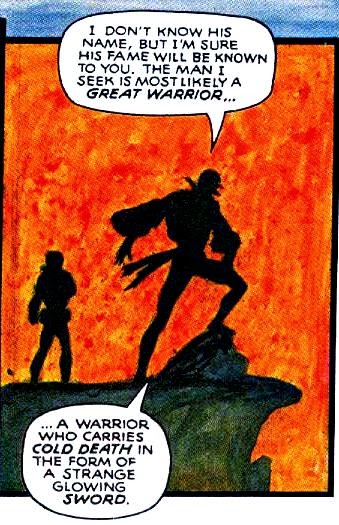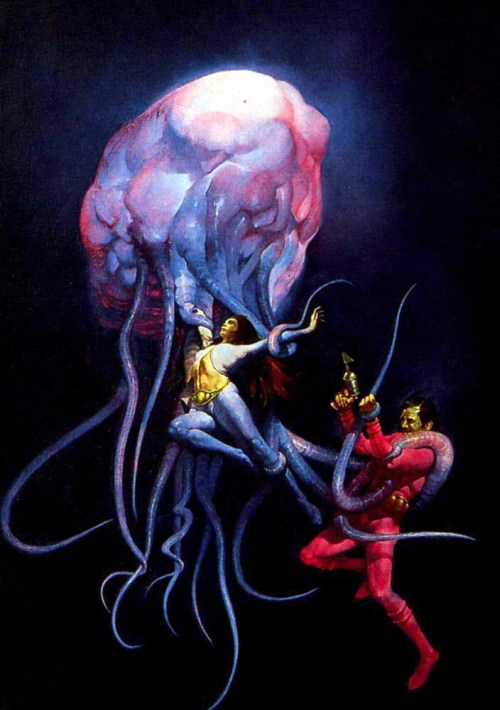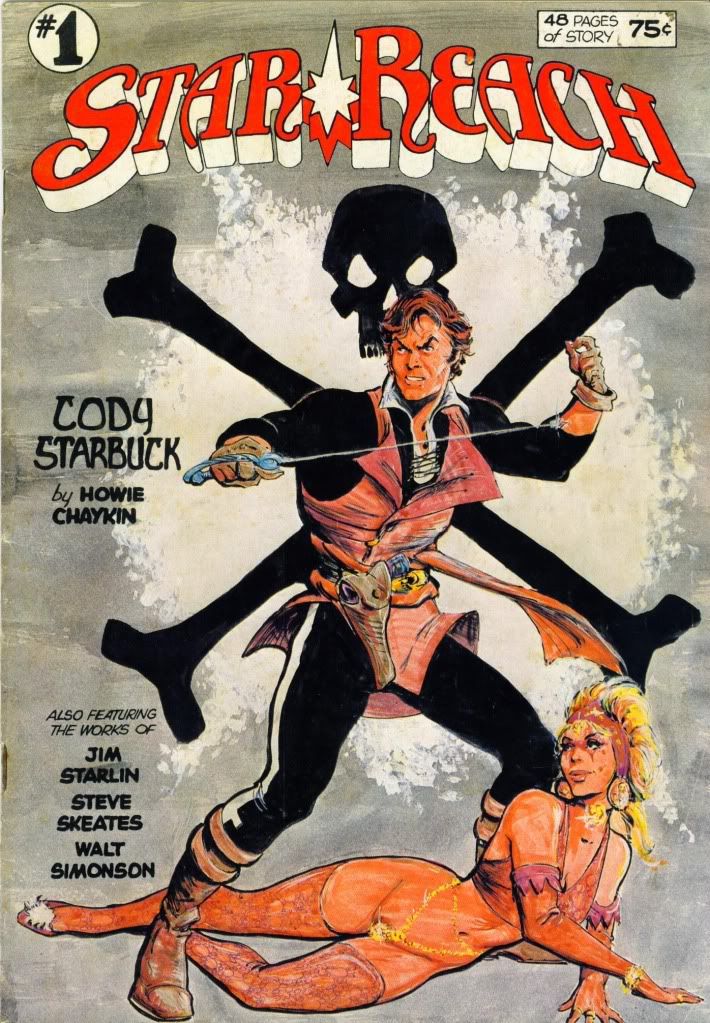Watching Grand Budapest Hotel yesterday with its farcical criminal doings in a fictional Mitteleuropean country between the two wars got me thinking that such a setting was rife with gaming potential. I suppose "farcical criminal doings" and gaming is a no-brainer, but I mean more the "fictional modern European country in difficult times."
Ruritanian (or Graustarkian, if you prefer) Romance is a genre mostly of swashbuckling adventure set in a fictitious country in Central or Eastern Europe (including the Balkan region). The genre takes it's name from Ruritania, the setting of Anthony Hope's The Prisoner of Zenda (1894), one of the most popular examples of it. (The less common name derives from titular setting of James Barr McCutheon's 1901 novel; Some people reserve "Graustarkian" for a Balkan setting only.) These tales are (mostly, though there are fuzzy borders) differentiated from ones set in your Averoignes, Poictesmes, and Lyonesses by being set in "modern" times (to when they were written--meaning 1880s-1930s, roughly), being in Central or Eastern European locales rather than Western, and being mostly adventure tales rather than fantasy.
Still, Ruritanian Romance is part of the DNA of science fiction and fantasy and by extension D&D and a lot of fantasy gaming. Burroughs's Barsoom tales are mostly Ruritanian Romances transplanted to Mars (and Burroughs wrote a couple of pure Ruritanians: The Mad King and The Rider). More than one fantasy or science fiction novel is a reworking of The Prisoner of Zenda. Dr. Doom's Latveria is totally a Ruritania.
I think what would make a Ruritanian type setting more interesting in gaming is to ditch most of the romance of nobles and hidden monarchs and veer toward the picaresque. Political turmoil and nonsensical locale customs would complicate the lives of the usual "murderhobo." There's also influence of the Ruritanian Romance on the "fantasy of manners" subgenre, which could reasonable be said to include many of Jack Vance's works. The loquacious thugs of Tarantino and Ritchie would seem to good models for adventuring types concerned with underworld manners rather than high society.
Here's what I would envision: A Central European microstate (with a few equally fictitious neighbors) somewhere between 1895-1930, where Vancian rogues burglarize Gormenghastian ruins, while avoiding Kafka-esque bueaucracy, ostentatiously uniformed gendarmerie, and fanatic revolutionaries.
For some fantasy in a Ruritanian sort of setting, check out the The Enquiries of Doctor Eszterhazy by Avram Davidson, the Johannes Cabal stories and novels by Jonathan L. Howard, and the post-Cold War version in China Mieville's The City and the City.
2 hours ago





















































